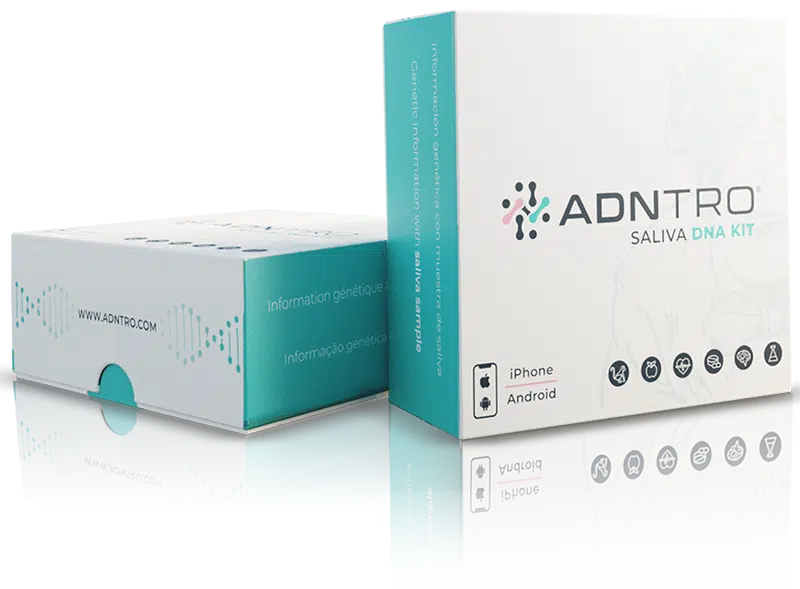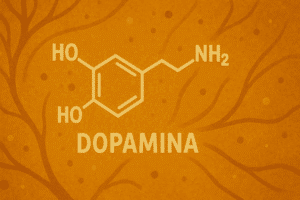As could not be otherwise, there are numerous elements involved in the "interpretation" of our genetic code. Among them are the codons, fundamental elements for genetic translation.
What is DNA translation?
It is true that DNA is the basis of life, but DNA alone does not allow us to live. It is necessary that our organism is able to read it and carry out a series of processes so that this information is functional in our organism in order to live.
The functional elements of our organism are the proteins. Thanks to them we could say that our body is active because they are responsible for degrading food, to give structure, firmness and elasticity to the skin ....
And how do we "get" these proteins from our DNA? Thanks to the translation genetics. This cellular process is responsible for reading the "letters" (technically known as nucleotides) of our DNA and synthesizing the protein that is encoded by these letters.
Proteins are made up of amino acidsSo a protein is really a set of amino acids with a given structure. The kit of the question is how our DNA codes for each amino acid and this is where codons come into play.
What is a codon?
DNA is converted to RNA (transcription) in order to be read by our organism and obtain proteins (translation).
To simplify the process a little, we could say that the genetic information is stored by segments of 3 nucleotides (triplets). Depending on the order of those 3 nucleotides it will mean one thing or another, that is, it will store the information for one amino acid or another.

The sequence of these 3 nucleotides is called a codon and forms a unit of genomic information that codes for a specific amino acid. There are 61 codons that specify amino acids and 3 codons that are used as read stop signals and thus as the end of the protein.
Why do genetic variations alter proteins?
Now that we know how we go from DNA to proteins, it is logical to think that changes in the DNA sequence can affect the proteins that originate in the translation process.
If our cellular machinery identifies the codon AGA instead of AAA, the amino acid that will occupy that place will be arginine (Arg) instead of lysine (Lys), thus modifying the protein sequence.
This is why there is redundancy in the genetic code. In other words, they are several codons code for the same amino acid. The reason is none other than to try to reduce the number of alterations in the protein sequence caused by these genetic variations as they have an impact on our organism and on our genetic predispositions to different traits and diseases.
Do you want to know your genetic predispositions due to your genetic variants? With the ADNTRO DNA test it is possible!














